THESIS THORON
Senior Member
- Joined
- Apr 23, 2021
- Messages
- 6,594
- Likes
- 32,200
Agent imran managed to put economy back on track , it went 350 billion after rebasing ,he brought it back under 300 billion today , well done agent
seriously it came down to 300bil ??Agent imran managed to put economy back on track , it went 350 billion after rebasing ,he brought it back under 300 billion today , well done agent

Check for yourselfseriously it came down to 300bil ??
Well, because we have too many "we are the big brother" types in our power structures andIndians are more optimistic about Pakis than Pakis themselves
It's done & dusted... would take 2 more weeks to be visible
It is 555 trillion PKR after rebasing. It was $347 bn when $1 = PKR 161 now 555 tn PKR = $300 bn coz $1 = 185 PKR.seriously it came down to 300bil ??
hmm, I didtn knew at what pkr value they rebasedIt is 555 trillion PKR after rebasing. It was $347 bn when $1 = PKR 161 now 555 tn PKR = $300 bn coz $1 = 185 PKR.

Hey dude, don’t start fapping over small increases. The way its going it might breach 200 in 4-6 months.
Immi is cricketer. He's eyeing the currency to beat Saeed Anwar's highest test score. Next is Saeed Anwar's highest ODI score.

Their financial year is different I suppose? It's July to June. In our case April to March. I would be surprised if the deficit clocks at $50 billion within next 3 months. Hopefully it does happen. Their remittances and exports will still not be able to cover the deficit. Add to that they are experiencing electricity shortage which will take a hit on exports. I thought they fixed their power shortfall. Apparently they haven't fixed it. Electricity shortfall in brutal summer and trade deficit. They are dancing on the road to bankruptcy. It's music to my ears.
Trade deficit widens to $35.4b | The Express Tribune
Deficit in Jul-Mar FY22 stands $14.6b higher than same period of previous yeartribune.com.pk
Trade deficit for first 9 months - 35.4 billion USD.
Full year target for current year : 28 billion
So, they are tracking towards 48-50 billion trade deficit. Remittance in feb was 2.2 billion USD. So, by extrapolating, ~27 billion rremittance for year. So they will need to borrow 22-24 billion USD atleast just to cover deficit. Plus money needed for loan repayment is separate.
Their remittances can’t save them for long, Imrandu launched “remittances promotion schemes” like sohni dharti remittances programme, or even their roashan digital accounts.Their financial year is different I suppose? It's July to June. In our case April to March. I would be surprised if the deficit clocks at $50 billion within next 3 months. Hopefully it does happen. Their remittances and exports will still not be able to cover the deficit. Add to that they are experiencing electricity shortage which will take a hit on exports. I thought they fixed their power shortfall. Apparently they haven't fixed it. Electricity shortfall in brutal summer and trade deficit. They are dancing on the road to bankruptcy. It's music to my ears.
I did say at $1 = 161 PKR, now its more than 185 PKR / $1. Its going to go down more.hmm, I didtn knew at what pkr value they rebased
How long, on average, does one such cycle last? Does it even have a timeframe or is it random in it's span?
I want to see the next sil of this silsila.
I'd bust a nut at the 200 PKR = 1 USD mark.
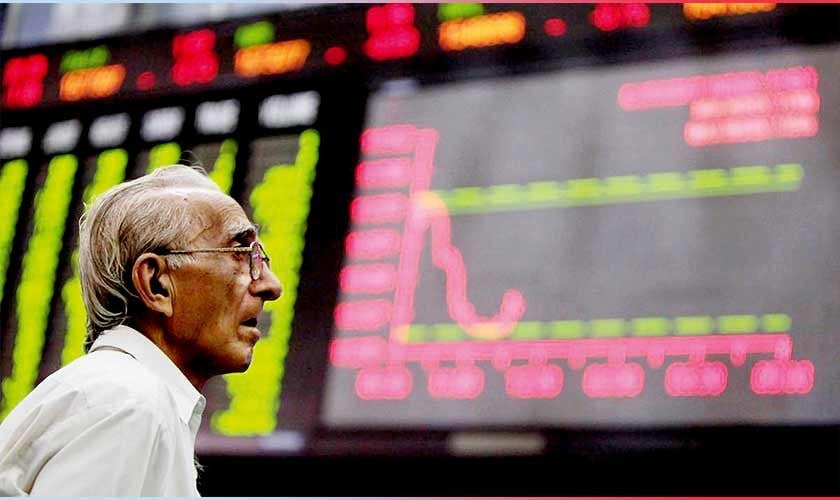

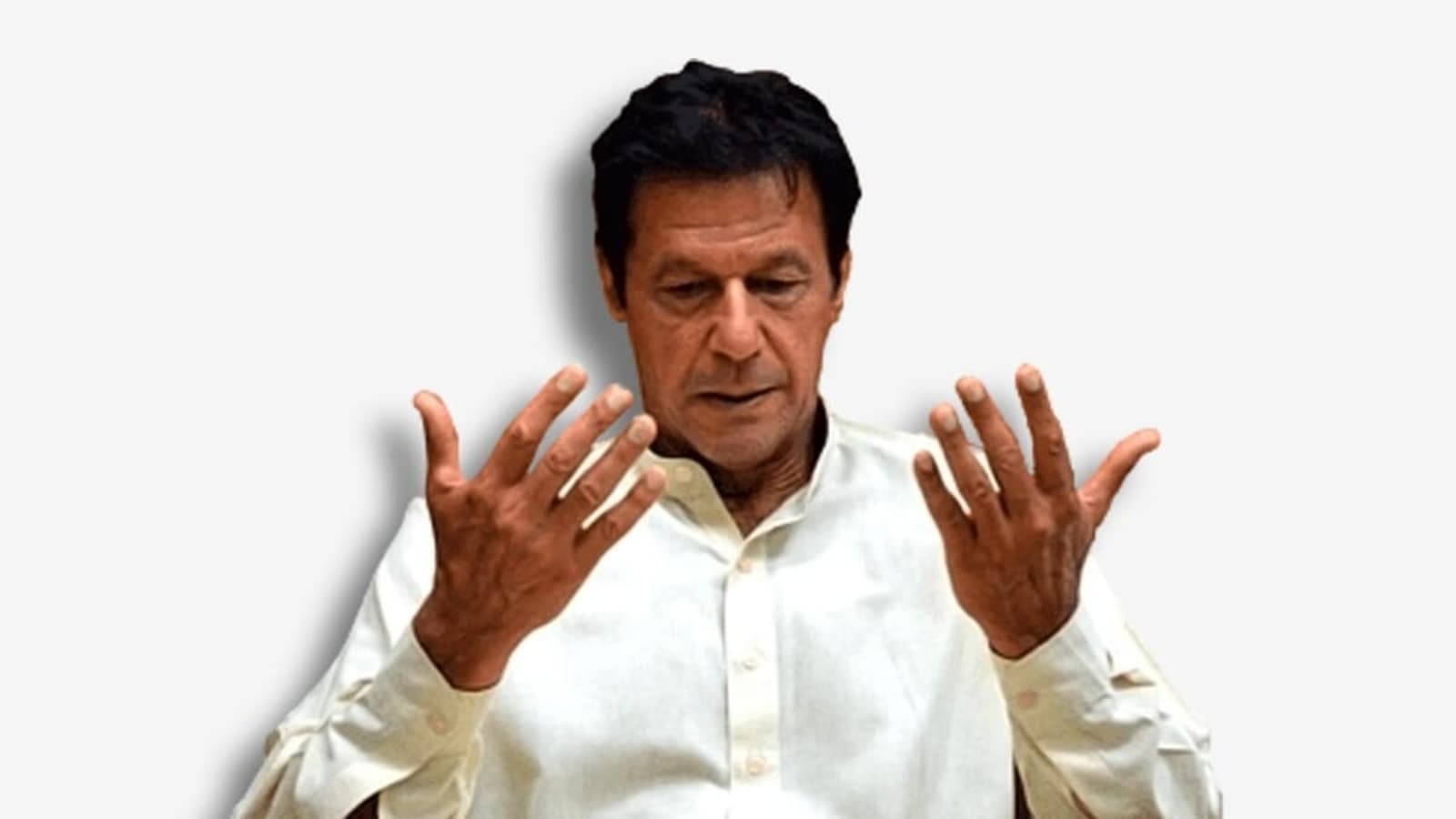
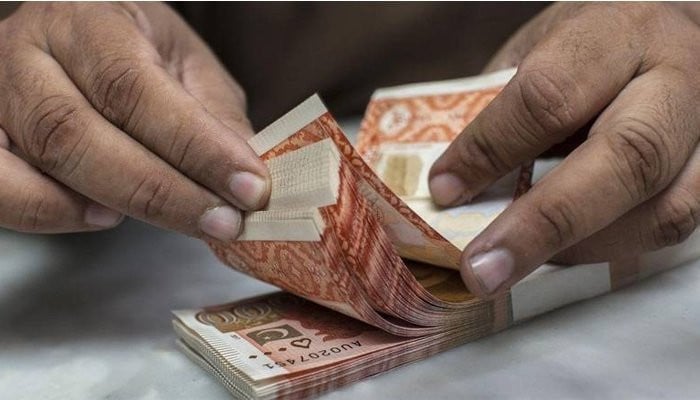

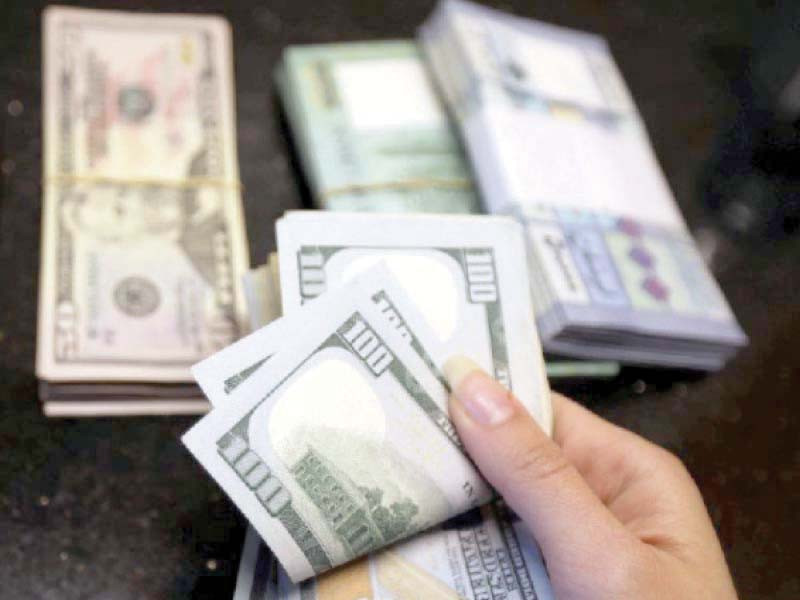
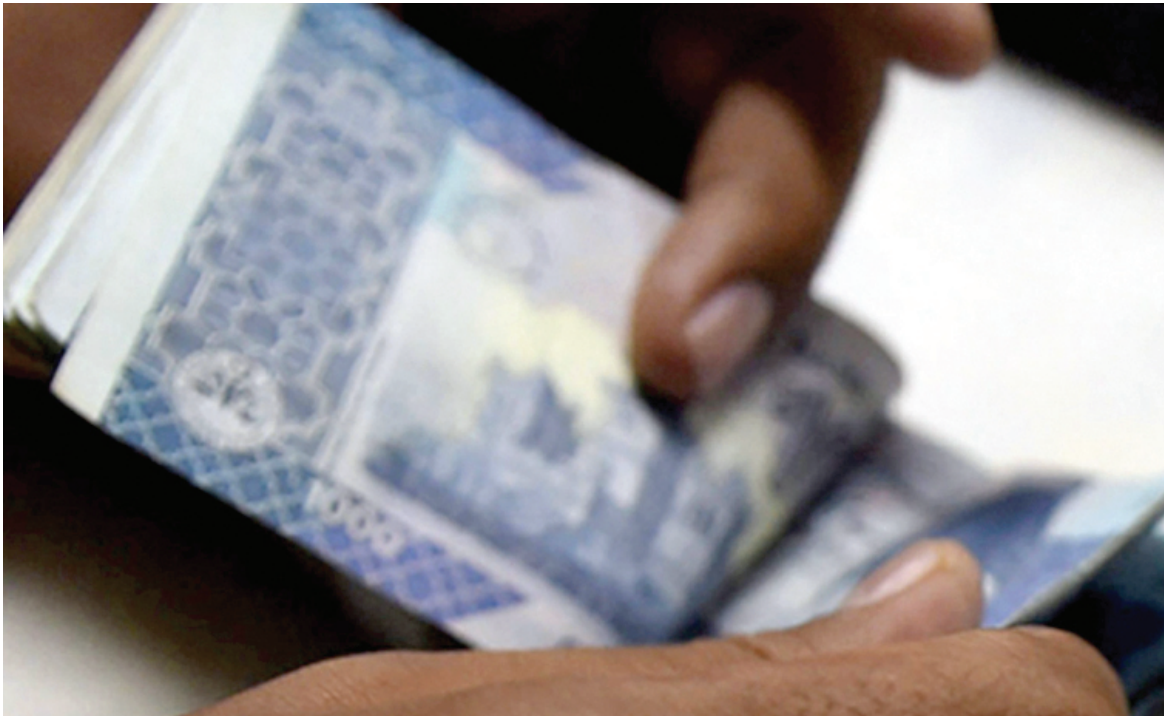
| Thread starter | Similar threads | Forum | Replies | Date |
|---|---|---|---|---|
|
|
India added 20% of Pakistan GDP in 2 days to her economy. | Economy & Infrastructure | 125 | |
|
|
Pakistan will be 16th largest economy by 2050: PWC report | Pakistan | 75 | |
| B | Pakistan's economy facing existential crisis: Report | Pakistan | 2 | |
|
|
Pakistan's economy better than India's: Bloomberg | Pakistan | 38 |
